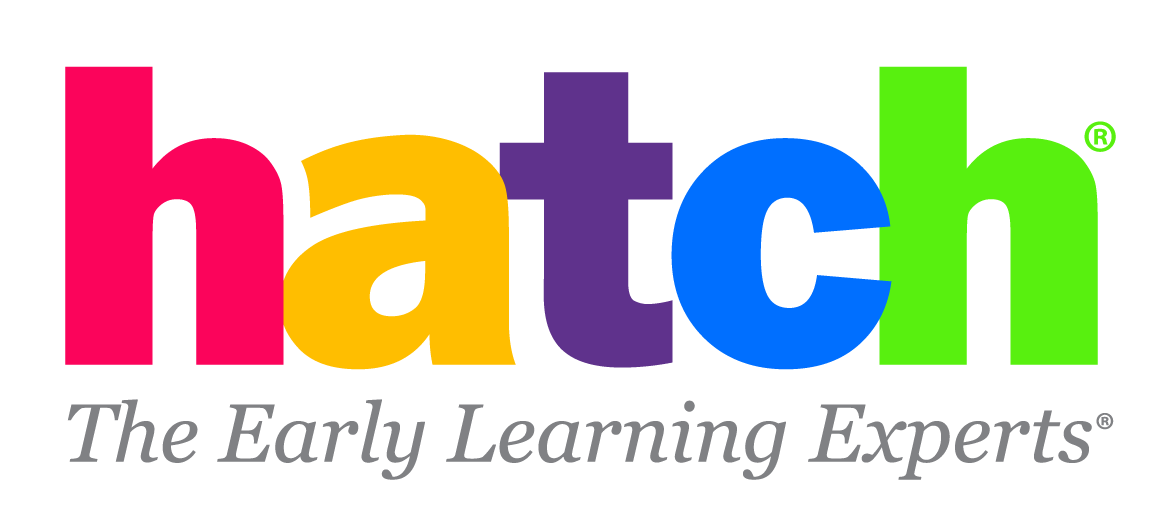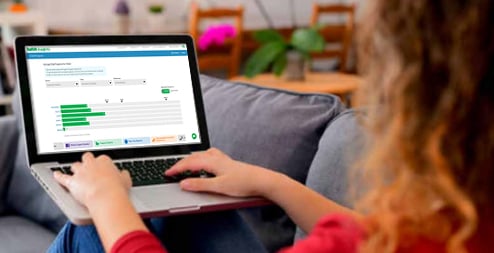At Hatch Early Learning, we believe assessment is a compass that guides each child’s learning journey (Rymanowicz, 2024). However, assessment in early childhood classrooms can be challenging due to the complexity and variability of young children’s development (Ackerman & Coley, 2012). This is where formative assessment proves especially valuable, as it involves continuously gathering information about what children know and can do, then using that information to guide instruction (Riley-Ayers, 2018). Research shows that effective use of formative assessment can double learning rates (Black & Wiliam, 2018).
To support educators with formative assessment, Hatch displays data from Ignite by Hatch™, our play-based learning platform, in Insights by Hatch™, our educator-facing data dashboard. Ignite uses play-based experiences to measure children’s learning across seven domains, from math and literacy to social–emotional learning. Insights presents this data on children’s learning from Ignite to provide educators with an additional viewpoint on children’s progress.
Below, we explore three key questions educators might ask when reviewing formative assessment data and explain how they can use Insights to answer these questions and guide their instruction. Since formative assessment is essential for guiding classroom instruction, these questions are framed from a teacher's perspective, with answers based on the data available in the teacher view of Insights.
Question 1: How much progress have each of my children made, and are they on track to be next-grade-level ready?
You can easily answer this question in the Child Progress Report in Insights.

How to find the Child Progress Report:
- Open your Insights dashboard.
- Find the "Ignite Skill Progress" box, then select “View Detailed Progress.”
- Click on your class name.
How to see progress:
- The Child Progress Report displays progress bars for each child in your class.
- The gold dot marks the starting skill level. If the skills at that level are too challenging, children may be moved to lower levels to build foundational skills. The light green section shows progress beyond the starting level, while the dark green section represents the lowest level children played, indicating the foundational skills they needed to master before advancing. The difference between the start of the dark green section and the end of the light green section shows the progress made. If only a light green section is present, the progress is measured by the difference between the start and end of the light green section.
How to check if children are on track:
- The black goal arrow shows where children should be by the end of the year (e.g., kindergarten-ready for 4-year-olds).
- Check where the end of the light green section is in relation to the black goal arrow:
- Beginning of year: The end of the light green section should be near the golden dot.
- Middle of year: The end of the light green section should be about halfway to the goal.
- End of year: The end of the light green section should reach or exceed the goal.
- If the light green section is near or past the goal arrow by the end of the year, your children are on track for next-grade-level readiness. If not, they may need additional support to reach the goal.
Question 2: What main skills do I need to work on with my whole class to help them grow and get ready for the next grade?
You can find the answer in the Class Progress Report in Insights.

How to find the Class Progress Report:
- Open your Insights dashboard.
- Find the "Ignite Skill Progress" box, then select “View Detailed Progress.”
How to identify skills that need to be worked on:
To identify the skills your class needs most, look at the progress in different learning domains. Use the Domain filter to select domains like Literacy or Mathematics. For each domain, check how close the light green section of the progress bar is to the grade-level goal. Compare the different domains—whichever one is furthest from the goal should be your focus for whole-class instruction to help prepare for the next grade.
This way, you'll know where to target your efforts for the most impactful growth.
Question 3: How can I group children with similar challenges and provide targeted support to help them be ready for the next grade?
You can easily answer this question in the Curricular Experiences Recommendations in Insights.

How to find the Curricular Experiences Recommendations:
- Open your Insights dashboard.
- Find the “Curricular Experiences” box, then select “View Recommended Experiences.”
How to group children based on shared challenges:
The Curricular Experiences Recommendations page organizes children into groups based on the specific skills they need support with. Use these pre-identified groups for small-group instruction in your classroom.
How to provide targeted support:
For each group, you’ll find recommended offline activities developed by Hatch. These activities require minimal materials and focus on the exact skills children are struggling with in Ignite. Implement these activities during small-group sessions to help children strengthen their skills and make progress toward grade-level readiness.
Formative assessment is a powerful tool for understanding and supporting children's unique learning journeys. By leveraging Insights, educators can make informed decisions that ensure that every child progresses toward grade-level readiness, turning assessment data into meaningful action in the classroom.
References:
Ackerman, D. J., & Coley, R. J. (2012). State pre-K assessment policies: Issues and status (Policy Information Report). Educational Testing Service. https://files.eric.ed.gov/fulltext/ED529449.pdf
Black, P., & Wiliam, D. (2018). Classroom assessment and pedagogy. Assessment in Education: Principles, Policy & Practice, 25(6), 551–575. https://doi.org/10.1080/0969594X.2018.1441807
Riley-Ayers, S. (2018). Introduction. In H. Bohart & R. Procopio (Eds.), Spotlight on young children: Observation and assessment. National Association for the Education of Young Children (NAEYC).
Rymanowicz, K. (2024, September). Playful learning, actionable data: Hatch Early Learning’s pedagogical philosophy. Hatch Early Learning. https://www.hatchearlylearning.com/hatch-pedagogical-philosophy


